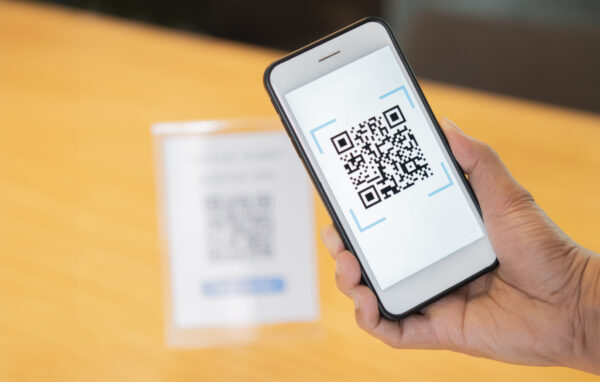
In a world where digital engagement is key, QR codes have emerged as an invaluable tool for bridging the gap between physical locations and online content. These scannable codes can be placed on various physical materials to seamlessly direct users to websites, social media pages, or promotional offers. Here’s how businesses and organizations can effectively use QR codes to drive traffic from physical locations.
What Are QR Codes?
QR codes (Quick Response codes) are two-dimensional barcodes that can be scanned using a smartphone camera or QR code reader. They store information such as URLs, contact details, or promotional messages. Their versatility makes them an effective tool for connecting offline and online audiences.
Why Use QR Codes?
- Ease of Use: Scanning a QR code is fast and requires minimal effort.
- Cost-Effective: Generating a QR code is free, and distributing it on print materials or displays incurs minimal cost.
- Trackable: Dynamic QR codes allow businesses to track scans, providing data on engagement and performance.
- Versatile Applications: QR codes can link to videos, surveys, shopping pages, apps, and more.
Strategies for Using QR Codes in Physical Locations
1. Enhancing In-Store Experiences
Place QR codes in your store to:
- Provide additional product information or reviews.
- Share exclusive discounts or loyalty programs.
- Facilitate easy payments by linking to a checkout page.
2. Promoting Events
Use QR codes on posters or flyers to:
- Direct users to event registration pages.
- Share event details, maps, and schedules.
- Offer digital tickets that can be scanned at the entrance.
3. Encouraging Social Media Engagement
Position QR codes in high-traffic areas like waiting rooms or checkout counters to:
- Drive visitors to follow your social media accounts.
- Encourage sharing of user-generated content.
- Link to contests or giveaways.
4. Boosting Restaurant and Cafe Interactions
For food establishments, QR codes can:
- Display menus, reducing the need for physical copies.
- Enable easy online ordering or reservations.
- Offer feedback forms for customers to fill out after their visit.
5. Tourism and Public Spaces
City tours, museums, or parks can use QR codes to:
- Provide historical or contextual information about landmarks.
- Share audio guides or augmented reality experiences.
- Offer downloadable maps or itineraries.
Best Practices for QR Code Implementation
- Use Dynamic QR Codes: These allow updates to the linked content without changing the code.
- Place Strategically: Ensure QR codes are in visible, easily accessible locations.
- Add a Call-to-Action: Use text like “Scan to Learn More” or “Get Your Discount Here” to guide users.
- Test Before Deployment: Verify that the QR code works correctly on multiple devices.
- Track Analytics: Use QR code tracking tools to monitor engagement and refine your strategy.
The Future of QR Codes in Marketing
As smartphone adoption continues to rise, QR codes will remain a key tool for connecting offline and online audiences. Emerging technologies like augmented reality (AR) and mobile wallets will likely enhance their functionality, offering even more interactive and engaging experiences.
Conclusion
QR codes are a simple yet powerful way to drive traffic from physical locations to your online platforms. By integrating them into your marketing strategy, you can engage customers more effectively, track their behavior, and provide seamless access to digital resources. Whether you run a small business, organize events, or manage a public space, QR codes can help you bridge the gap between the physical and digital worlds.
